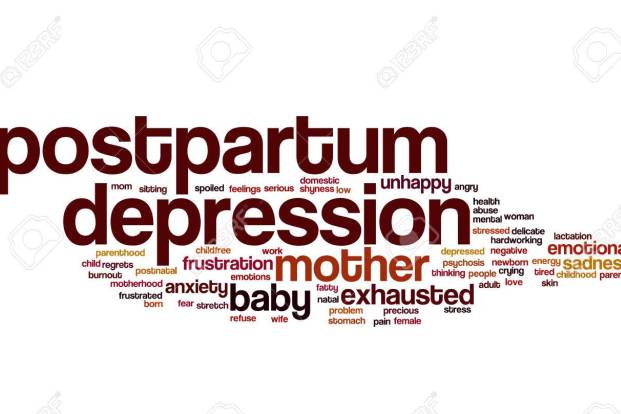Categories
- Bariatric Surgery (11)
- Black Fungus (5)
- Bone Marrow transplant (3)
- Brain Tumor Surgery Navigation Technology (20)
- Cardiac Surgery (66)
- Cardiology (97)
- Computer navigation technology for joint replacements (20)
- Covid Vaccination (17)
- Critical Care (2)
- Dental (19)
- Dermatology (31)
- Dialysis Support Group - “UTSAAH” (11)
- Dietitian (33)
- Emergency Medicine (4)
- Emotional Health (11)
- Endocrinology (33)
- ENT (20)
- Gastroenterology and GI Surgery (53)
- General and Laparoscopic Surgery (21)
- General Surgery (4)
- Gynecology & Obstetrics (183)
- Hematology (20)
- Internal Medicine (294)
- Kidney Transplant (50)
- Kidney Transplantation (20)
- Lung Cancer (8)
- Minimal Invasive Surgery (1)
- Mother & Child (20)
- mucormycosis (5)
- Nephrology (61)
- Neurology (147)
- Neurosurgery (68)
- Nutrition and Dietetics (107)
- Omicron Variant (1)
- Oncology (288)
- Ophthalmology (10)
- Orthopaedics & Joint Replacement (86)
- Paediatrics (59)
- Pediatric Nephrology (3)
- Physiotherapy (5)
- Plastic & Reconstructive Surgery (6)
- Psychiatry and Psychology (90)
- Psychologist (28)
- Pulmonology (72)
- Rheumatology (13)
- Spine Services (21)
- Transradial Angioplasty (16)
- Urology (84)
Query Form
Posted on Apr 19, 2022
Mental Health: Where does India stand?
Mental Health disorders are increasing at an epidemic pace around the world and India too has much to worry about. The World Health Organization (WHO) has predicted that 20% of India’s population will suffer from some form of mental illness by 2020. This is the frightening statistic considering the fact that India’s mental health sector is ill- equipped to handle such a situation.
All’s not well with the state of mental health in India. Mental illness is shrouded in stigma and ignorance in the country. Discrimination against people with mental disorders is an important barrier to mental health services utilization in India. This contributes to delays in seeking care, impedes timely diagnosis and treatment for mental disorders and, hence hinders recovery.
The stigma associated with mental health issues prevents men, especially women from opening up and seeking help. Studies indicate that women are 70% more likely to suffer from depression than men. Mental illness issues like depression are one of the biggest triggers of suicide in India. According to the WHO, of the 8 lakh suicide deaths globally in 2012, more than 2 lakh were in India.

The government and health machinery, too mirror the sorry state of mental health affairs. India faces an acute shortage of mental health professionals. The government spends 0.06% of its health budget on mental health according to the WHO Mental Health Atlas 2011.
Studies suggest that at least 10 crore people suffer from mental illness in India and about 1 crore need hospitalization. There are just 43 government mental hospitals in the country, most of them in a pitiable condition. There are also only 4000 psychiatrists in the country and the gravest truth is that 70% of them practice in private hospitals in the urban areas, making mental health clinical therapy out of reach for the rural dwellers.
Further around 30% posts of psychiatrists nurses are lying vacant in the government mental hospitals. How do we expect results when we don’t have the resources to support the treatment? Similarly there is a nig shortage of grade D employees that are required for the day to day care of the patients.
In an attempt to improve its mental health systems, the Indian government, unveiled its first mental health policy in 2014. The policy draws attention to stigma and recognizes the link between economic disparity and mental ill health.
Besides spreading awareness and reducing stigma associated with mental health, the need of the hour is to focus on expanding the reach of mental health services to those who need them.



